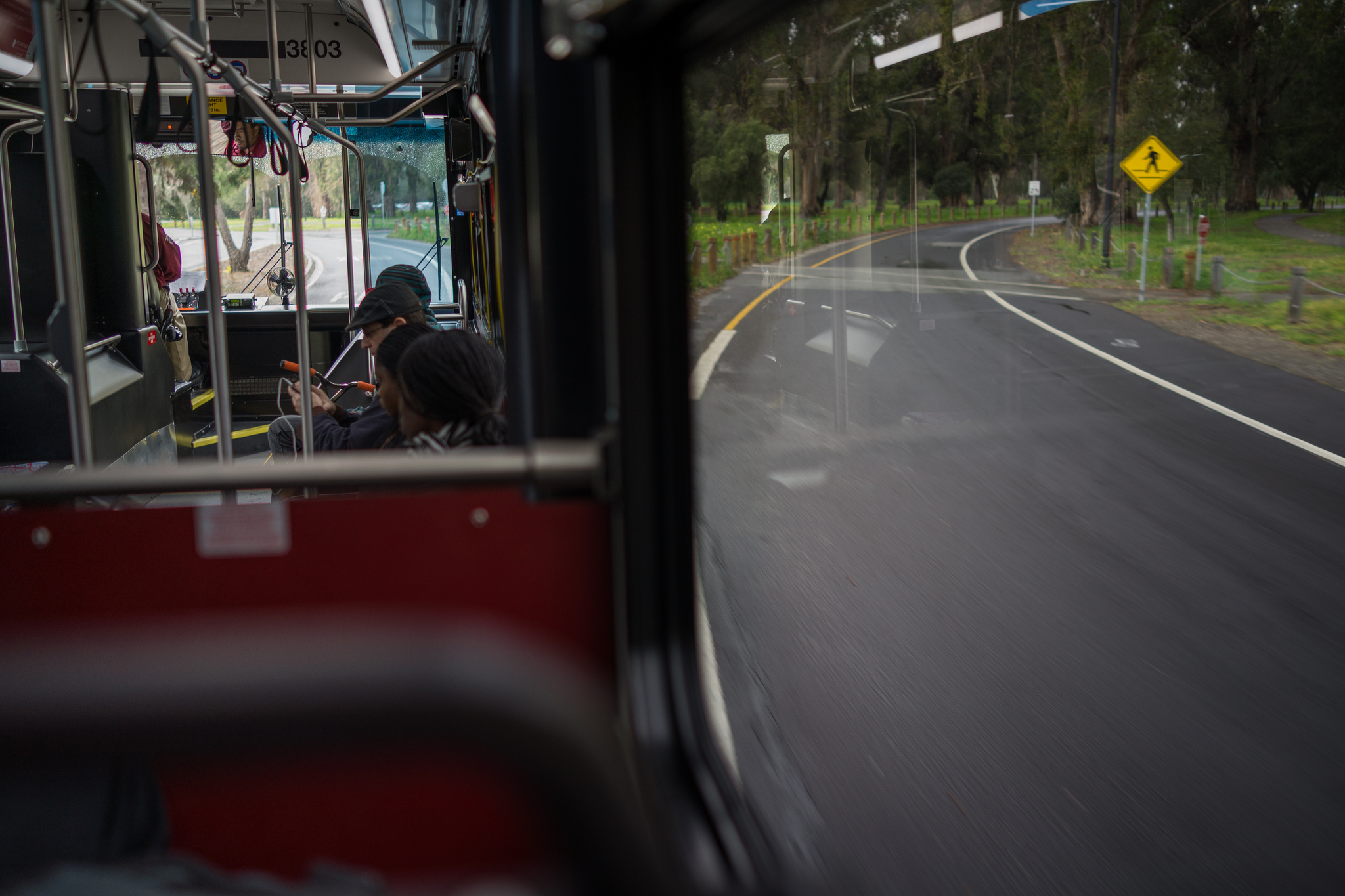Early Micro Fourth Thirds and oddballs like the Sigma DP1 led affordable, mirrorless cameras to popularity. Among the key benefits: Convenience of a rangefinder, like the one used on Day 87, but for much less cost; physically smaller size; and lenses that are less bulky. The DP line, like the Fuji X100 series or the Leica X1 and X2, stand out for being compacts with fixed lenses and APS-C sensors common among digital SLRs. Another, the Sony Cyber-Shot RX1, and companion RX1R, up the ante by offering something more: full-frame sensor.
A full-frame sensor is typically 24mm by 36mm with an effective focal point of 35mm. APS-C is cropped, by comparison, adding an effective multiple of around 1.5 times (depending on the camera) to the lens’ focal length. Full frame captures more detail, suffers from fewer visual artifacts, and produces better results in natural or low-light. You pay more, too. Either RX1 retails for around $2,800—for camera with fixed, non-interchangeable lens.
Justin Kern used the RX1 to shoot today’s selection, which I chose for its detail, rich color, and stark contrast—perspective smartly split between the bus interior and the road outside. Vitals: f/2, ISO 125, 1/80 sec, 35mm. Something else: He gives a full-length review in the caption, which you will want to read if at all interested in the Sony professional compact. Snippets:
The killer feature of this camera is simple: it is a wafer of silicon 35mm by 24mm paired to a brilliantly, ridiculously, undeniably sharp, contrasty and bokehlicious 35mm f/2 Carl Zeiss lens. Image quality is king here and all other things take a back seat…If you want to change lenses, if you want an integrated viewfinder, if you want blindingly fast phase-detect autofocus then shoot with a dSLR. If you want the absolute best image quality in the smallest size possible, you’ve got it in the RX1…
I cut my photographic teeth on film and I will always have an affection for it. There is a sense that one is playing within the rules when he uses film. That same feeling is here in the RX1. I never thought I’d say this about a camera, but I often like the JPEG images this thing produces more than I like what I can push with a RAW. Don’t get me wrong, for a landscape or a cityscape, the RAW processed carefully is far, far better than a JPEG.
His tone is excitement, adventure, and enablement—all with the feeling of returning to classic photography. Please read his user review. He shot today’s pick on Feb. 19, 2013, and he continues to use the RX1 (and Nikon D800) two years later.
Justin joined Flickr in March 2008, and he lives in Chicago. You can also find him on Facebook and his personal website, The Golden Sieve.
Photo Credit: Justin Kern
